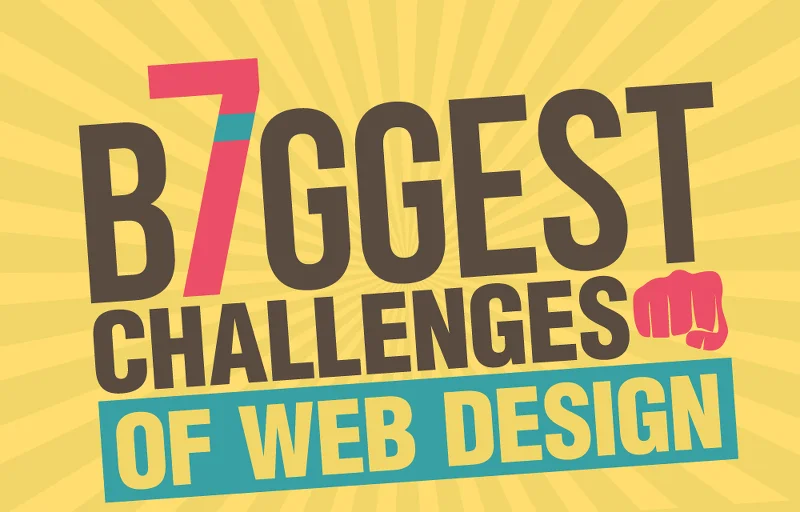All web design projects come with their challenges. Its not just about making the site look good, it also needs to meet the goals of the website owner, meet various technical and usability standards, and keep viewers engaged with the content. In this article we’ll look at 7 key areas you need to consider when designing a website.
Integration
Once websites were just pages of static content, but a lot has change. There are a host of online services that can be embedded or integrated into a website. Commonly these include social media channels like Facebook and Twitter, video services like YouTube. There are also a host of less commonly required services that require integration, like booking systems, payment gateways, or live chat. If you use a CMS like WordPress this can be as straightforward as installing a plugin, for custom built websites you may need to get a developer to integrate services for you.
Accessibility
The internet is ubiquitous in the developed world, with many people depending on it for a range of different function. This is no different for people with disabilities, and in many cases the internet has provided innovative new ways to help them overcome difficulties. To make your website accessible to all you need to consider how people with impaired vision, hearing, the elderly, and others will access and interact with your site. A great example is the use of alt tags on images. They not only informs people with eyesight problems what the image is about, Google also considers them important enough to factor them into the search algorithm.
Mobile Friendly Design
Having a mobile friendly website is essential now. More than 50% of the search traffic on google is from mobile devices. A standard website does not provide a good user experience on a mobile, and Google considers user experience all important when filtering search results. If your website is not mobile friendly it will not appear in the search results on mobile devices, and you’ll be missing out on a considerable amount of traffic.
Website Security
Unfortunately website security is becoming a big consideration. Instances of hacking and security breaches are increasing, and the cost to a small business can be staggering. In a recent report by PwC the average cost of the worst security breaches to small businesses is between £60,000 and £115,000. Make sure that you update and backup your website regularly. Consider installing security software as well, we use Wordfence for our WordPress websites. You also want to keep any computers you use to access the website virus free, so make sure you have antivirus installed and up to date. Only use strong passwords, or even better use a two-factor authentication system. WordPress is now shipping with Clef, a clever system that requires you to use your phone to login with which makes it much harder to hack. For more advice on securing your website see our post on WordPress security.
Website Speed
Website speed is another factor that google considers when judging the quality of a website. Slow websites lead to a poor user experiences, and many viewers will leave a website if it’s taking too long to load. You’ll want to website to load within 3 seconds, and less is better. There are lots of tools online to measure the performance of your website. Google’s own PageSpeed tool measures your websites performance and gives you advice on improving it. Another favourite of ours is Pingdom, it gives accurate page load times and breaks down the sites performance so you can look for improvements.
User Experience
The user experience does not end with page speed and a responsive design. You need to think about the way users interact with your website, and make it as easy as possible to find the information they are looking for. A good navigation system with a clear page hierarchy is essential, you may also consider adding a search box. A live help system is another popular addition with businesses, as are FAQ pages.
Visitor Retention
Finally, you’ll want to consider how you’re going to persuade your visitors to come back again. If you have already covered the points above and have great content then you should start to see visitors returning to your website. There are also some trick you could consider using to encourage people to return to your site again and again. For example add a signup box for email updates and new blog post notifications. For some businesses this could be an offline challenge. An ecommerce business with great customer services and after sales support will have customers coming back again and again.

This infographic was created by DesignMantic.
